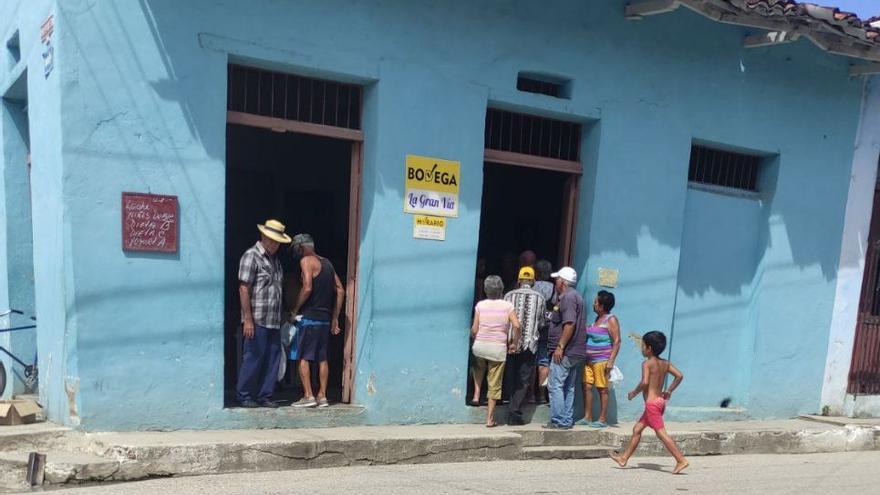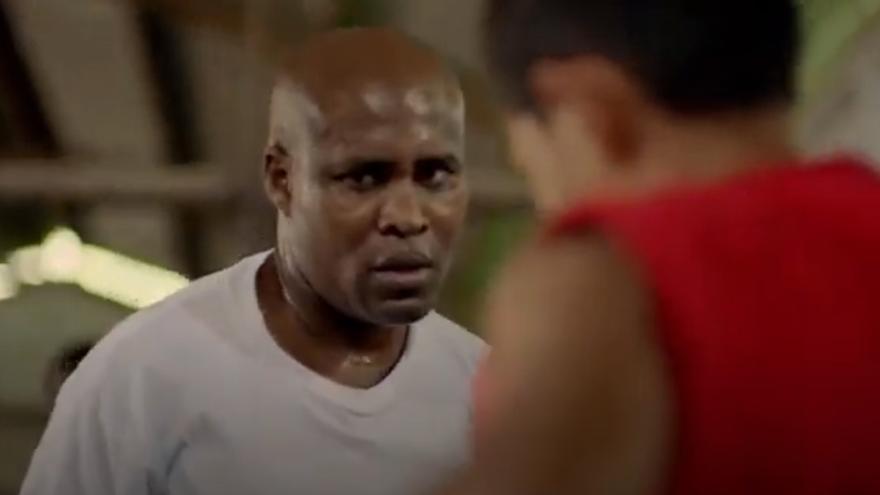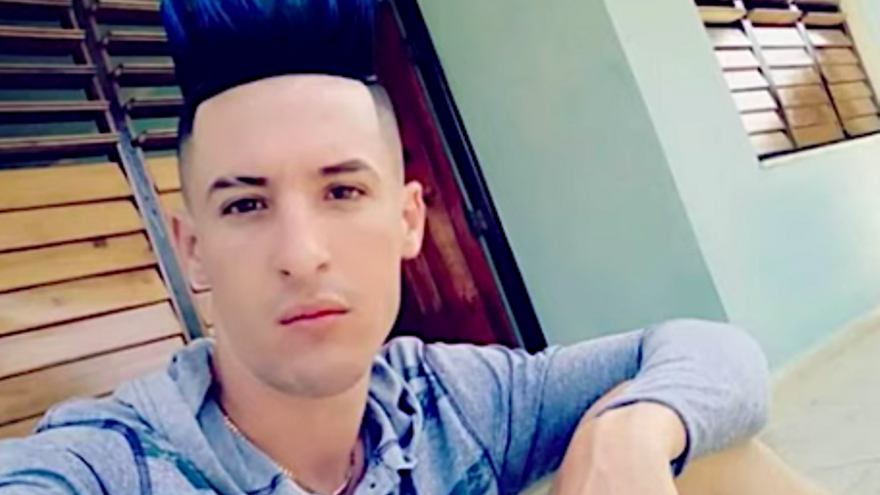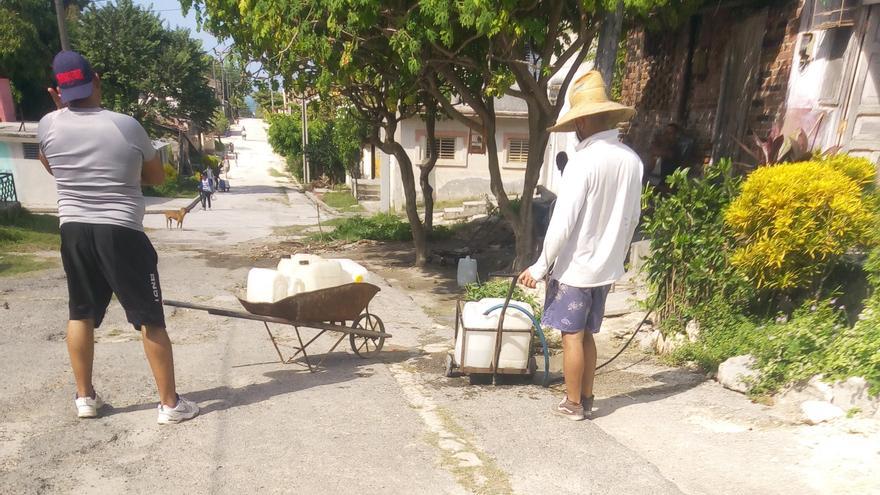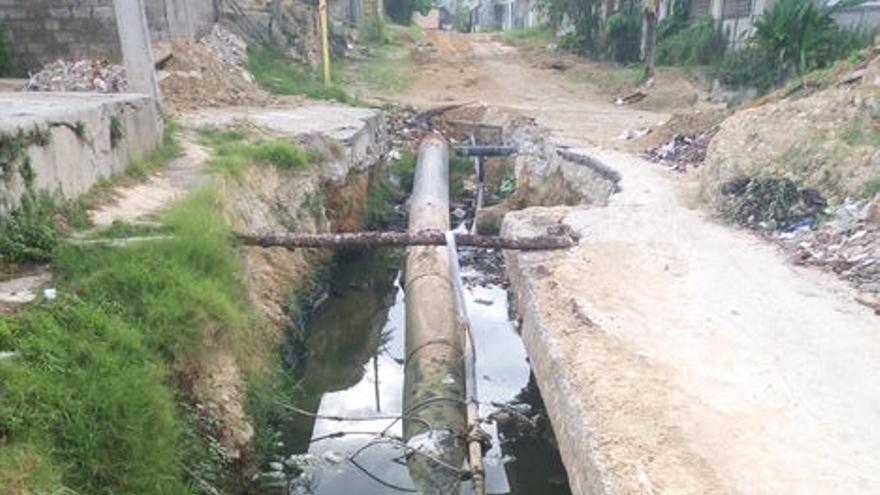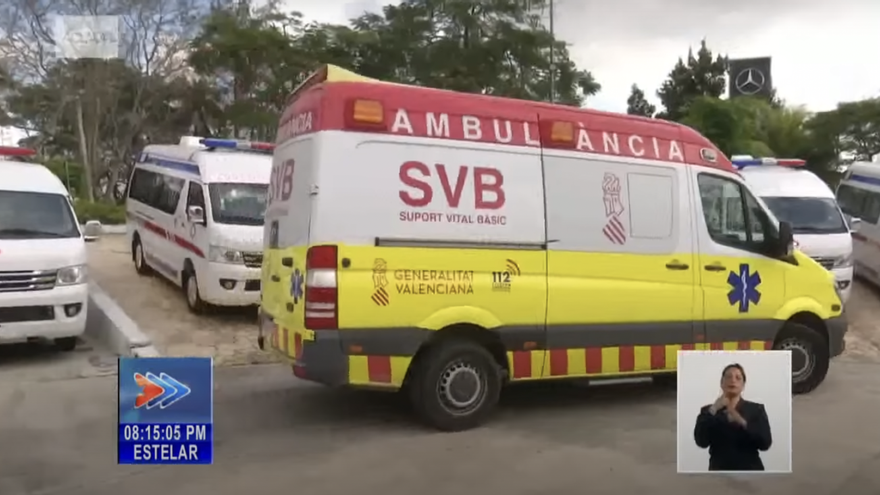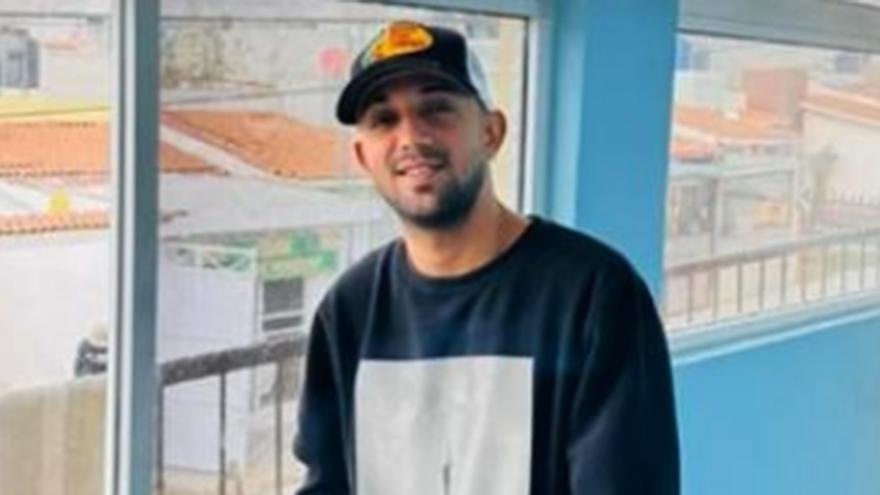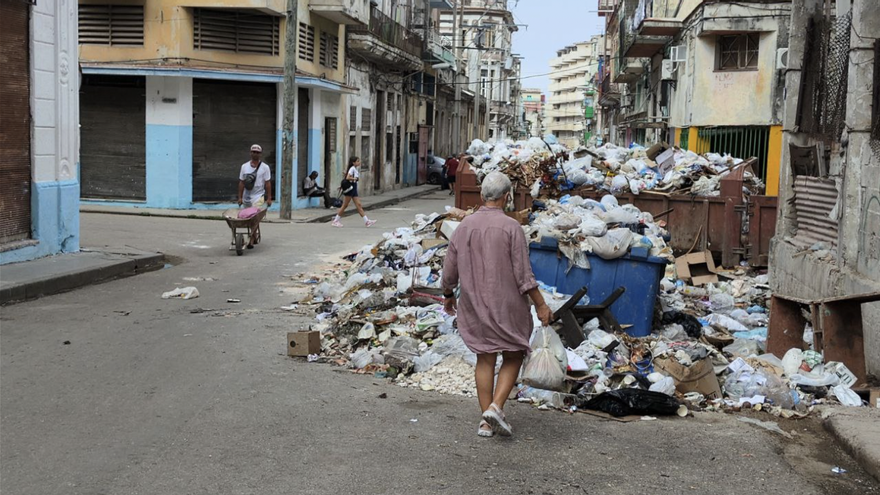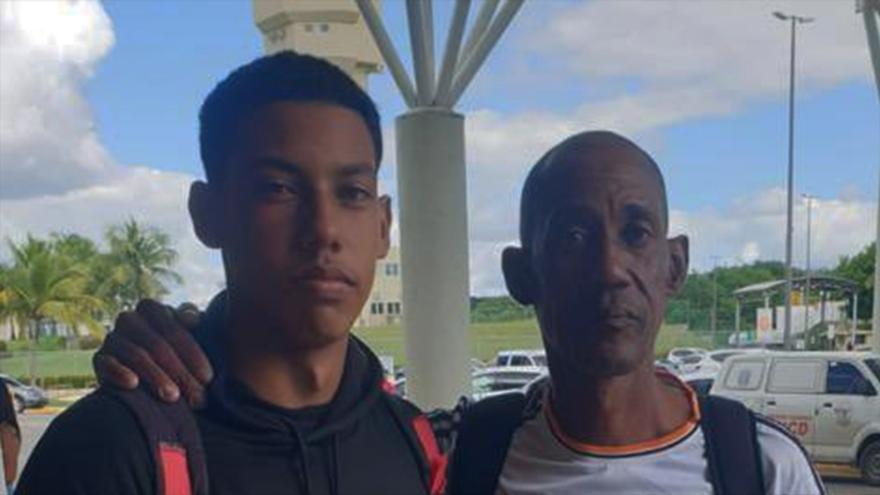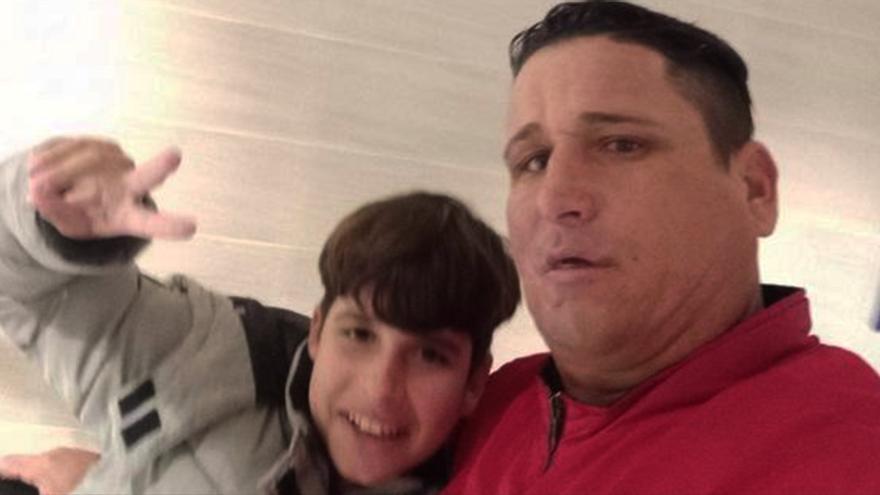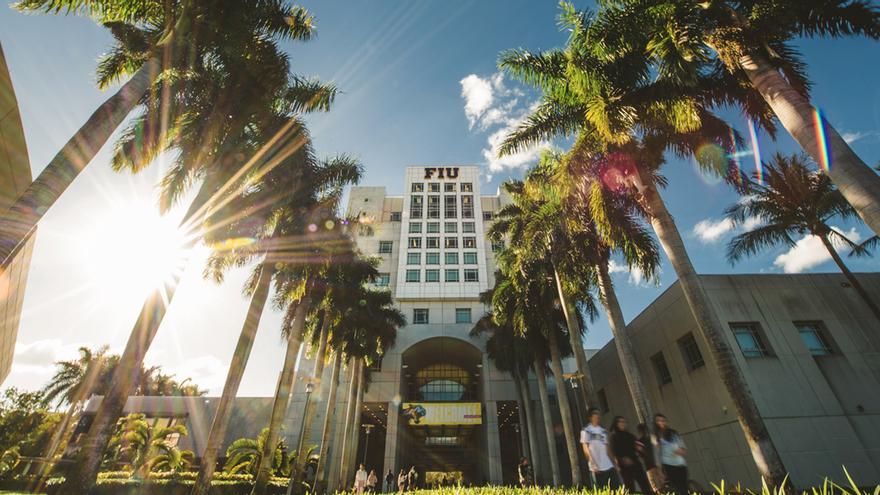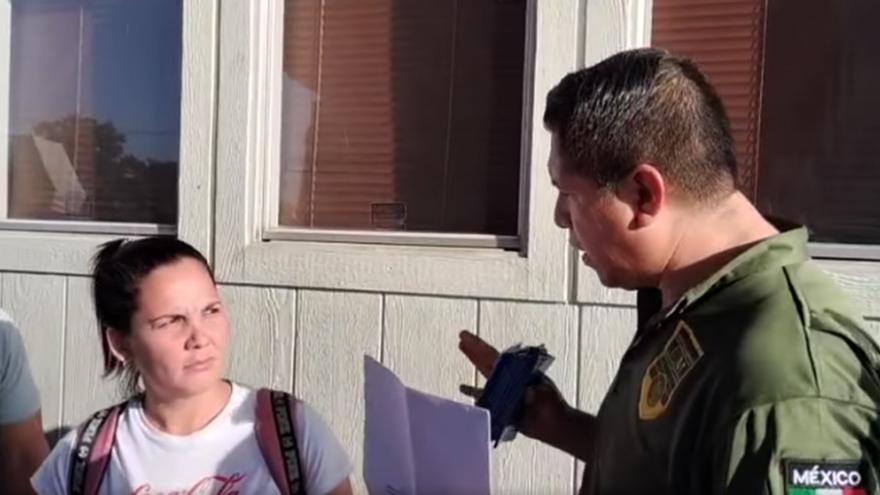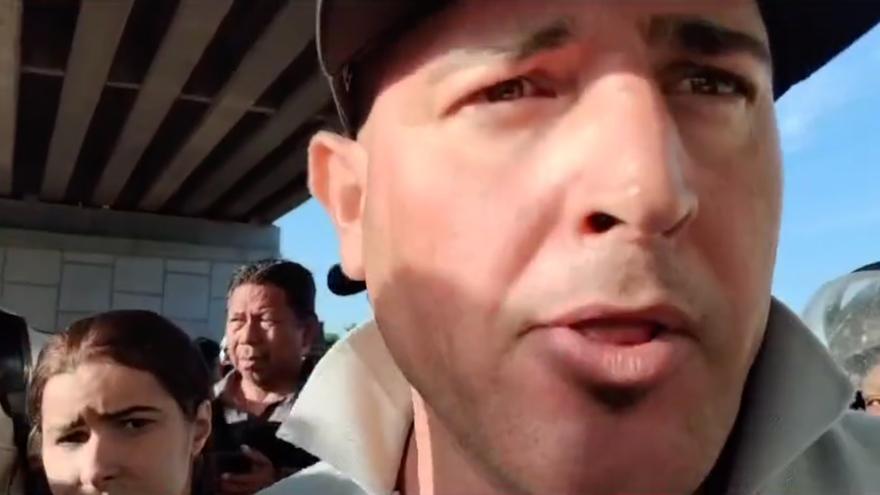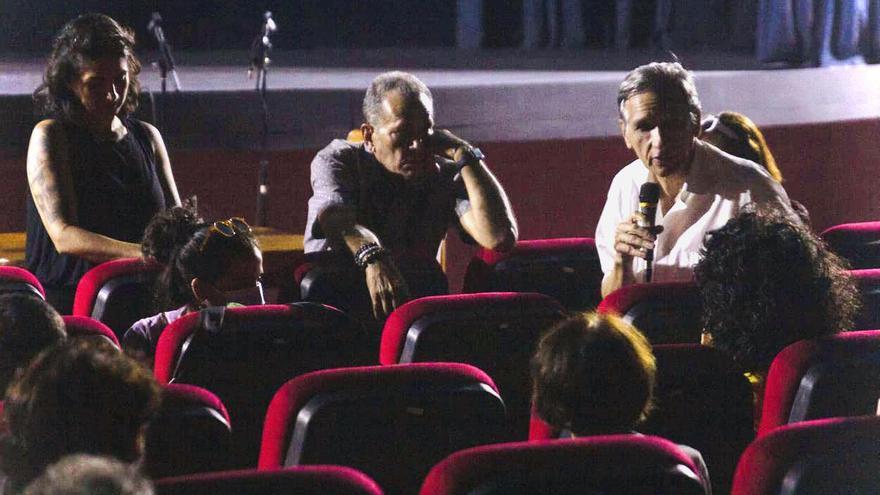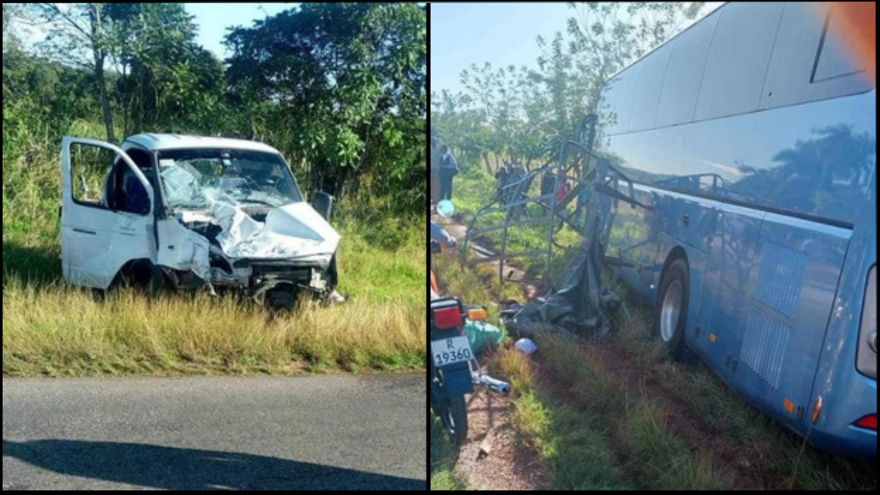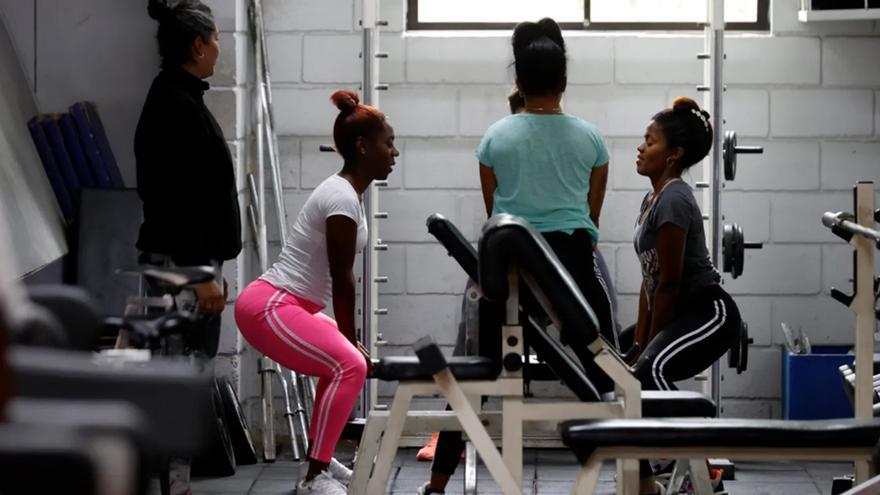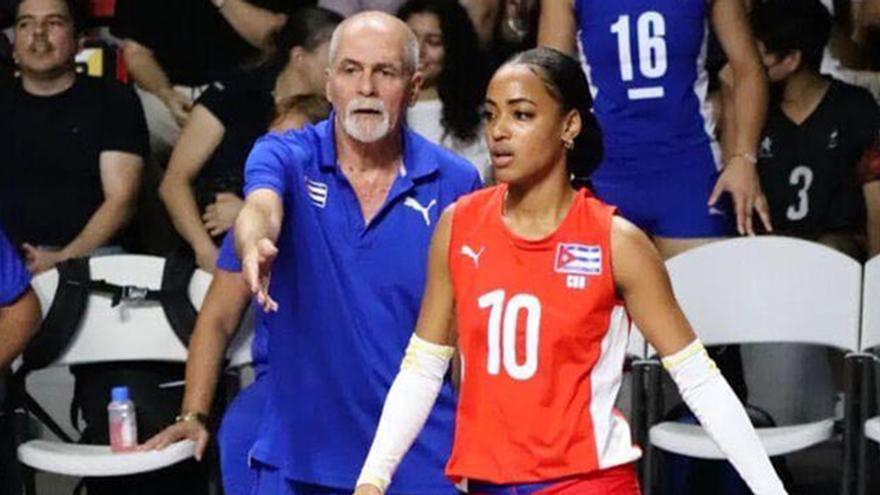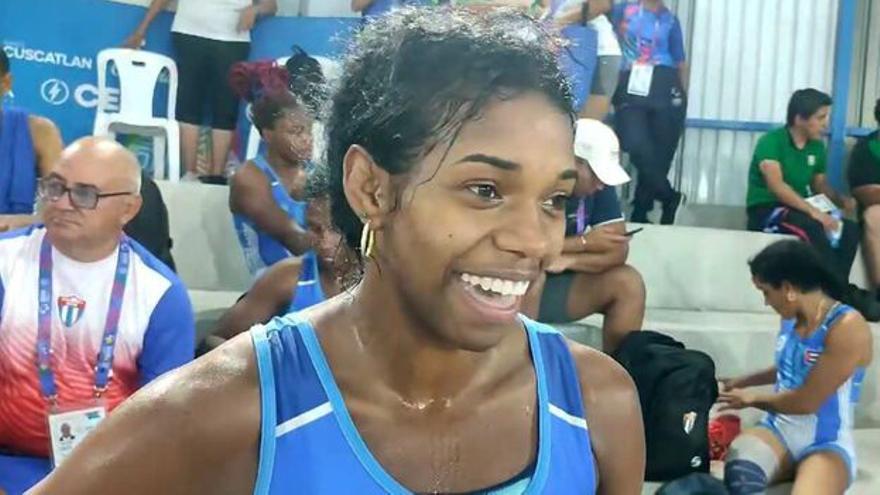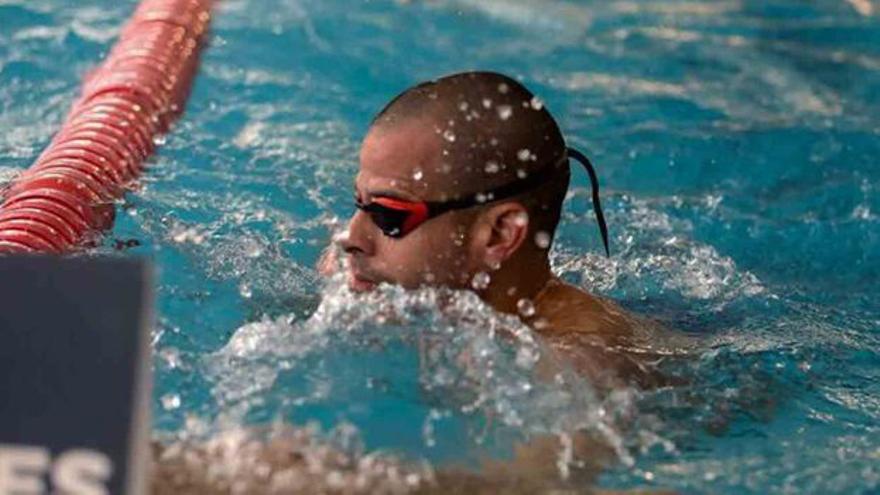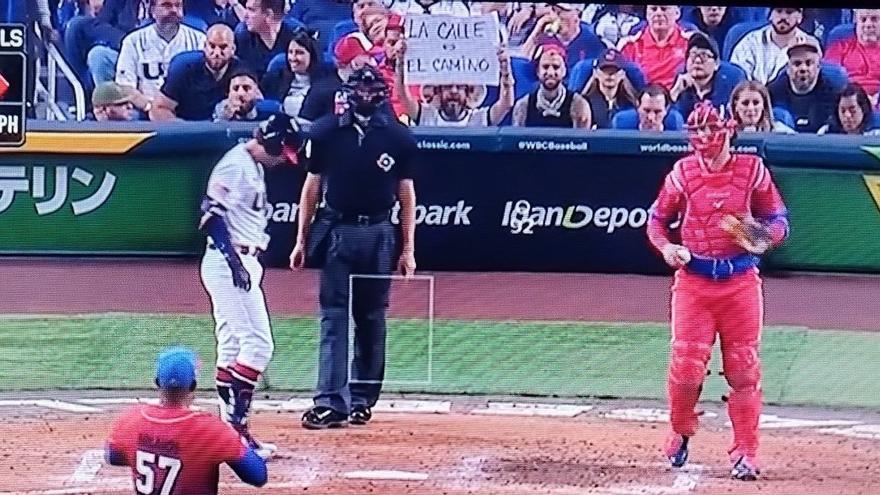
![]() 14ymedio, Havana, 28 December 2023 — Rarely has the regime licked its wounds with as much vigor as after the defeat of Team Asere in the semifinal of the World Baseball Classic. The propaganda had turned the match against the U.S. national team into a political crusade, and, as most sports specialists had predicted, the shot backfired on Havana.
14ymedio, Havana, 28 December 2023 — Rarely has the regime licked its wounds with as much vigor as after the defeat of Team Asere in the semifinal of the World Baseball Classic. The propaganda had turned the match against the U.S. national team into a political crusade, and, as most sports specialists had predicted, the shot backfired on Havana.
The team’s problem was, above all, one of concept. What did Team Asere represent? The best players of a dictatorship? An example of national reconciliation? An idiotic scheme – as many called it – that tried to take the athletes who trained in the worn-out stadiums of the Island to the level in professional baseball that the emigrants had reached?
The Cuban-American community in Miami was categorical: Team Asere was a well-planned collection of “useful idiots,” puppets that – consciously or unconsciously – danced to the rhythm dictated in the dark propaganda offices of Havana. The exiles also made it clear in the LoanDepot Park stadium itself, with protests that the Cuban Foreign Ministry later described as “unfortunate and dangerous incidents.”
It was those “transgressive” groups, the regime argued, that caused Team Asere to become a cluster of nerves, unable to bat with quality and plan its continue reading
Another blow to the mental tranquility of the Island’s authorities was having to broadcast the match on Cuban Television without being able to disguise the multiple posters against the regime held by the public. At the end of the game – although the moment did not reach the Cuban screens – the writer Carlos Manuel Álvarez and the artist El Sexto went down on the field carrying Cuban flags, which cost them a night in the police station. Things that happen in Miami, a city “that does not meet the minimum conditions to host an international event,” Havana said in defense.
The balance of the experiment leaves no room for optimism. Team Asere lost the match – after a series of successes in the contest that guaranteed their face to face with the United States, it must be said. But it opened the way for the commissioners of several Cuban sports, such as chess, to show themselves as “understanding” leaders: if other emigrated athletes wanted to play with the flag of their country of birth there would be no inconveniences, as long as they did so under the draconian conditions imposed by the regime.
But it wasn’t all regret and defeat. The trip to Miami bore fruit, even if it wasn’t harvested by the regime. The baseball players living on the Island arrived at José Martí International Airport loaded down with televisions, automobile tires and many suitcases, provisions to survive on an Island where only the privileged aseres* want to return.
*Translator’s note: A common word to greet a friend, asere is Cuban slang for “dude” or “buddy.”
Translated by Regina Anavy
____________
COLLABORATE WITH OUR WORK: The 14ymedio team is committed to practicing serious journalism that reflects Cuba’s reality in all its depth. Thank you for joining us on this long journey. We invite you to continue supporting us by becoming a member of 14ymedio now. Together we can continue transforming journalism in Cuba.

